How to Fix Uneven Floors
We know how frustrating uneven, sagging floors can be. So we’re sharing how to fix uneven floors easily and quickly with this helpful guide.
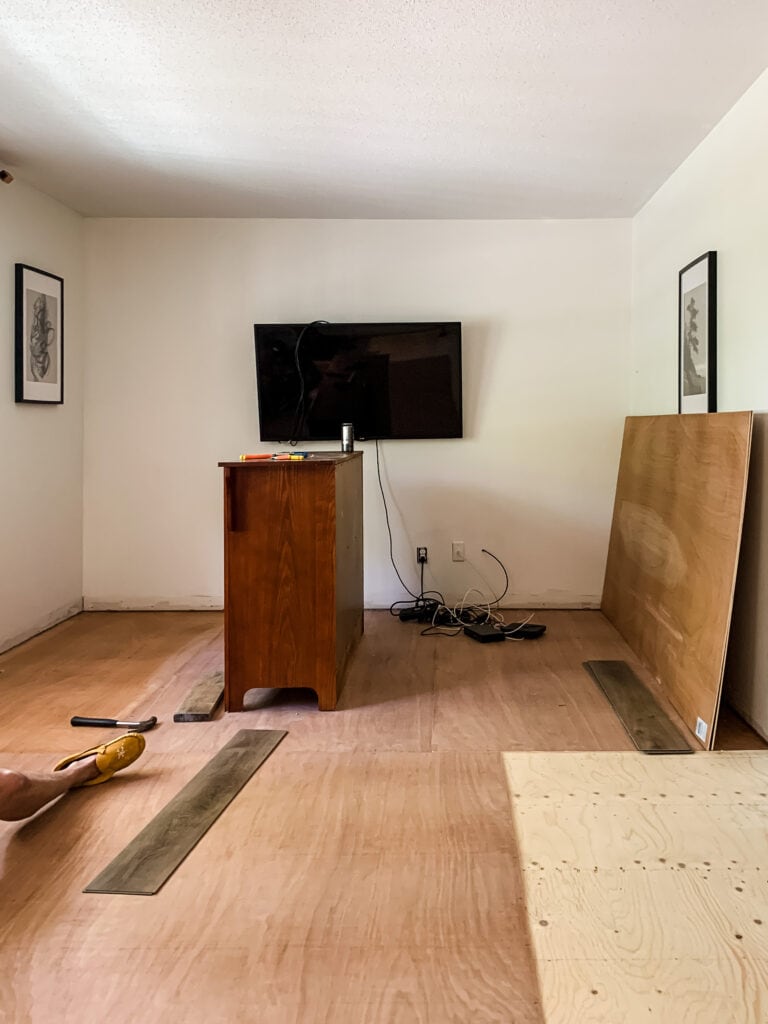
Nobody wants to have floors that are uneven. Luckily, there can be a pretty simple solution that you easily do yourself.
Uneven floors not only affect the design of a room, and the furniture placement but they can also be really unsafe.
But before you call a contractor or flooring expert, take a look at the problem and see if it’s something you can fix yourself. It may just be a simple solution like buying a floor patch or a leveling compound.
So let’s diagnose the flooring issue first, and then we’ll share how to fix each of those issues. That way even if your 100-year-old house has uneven floors you can diagnose if it’s a foundation issue or something you can easily fix.
How to Fix Uneven Floors
Learning what type of uneven flooring you have is the first step. Then we can diagnose the reason your floors are uneven, and then figure out how to fix them.
What are Uneven Floors?
Uneven floors mean your flooring is not flat, they are sloped, sagging and uneven to walk on. Some homes can have one section of flooring that sags, others can have an entire part of their home that is slopping. And sometimes it can be hard to notice, other times it can stick out like a sore thumb. Either way, you’ll be able to diagnose it because the floors feel uneven when walking on them.

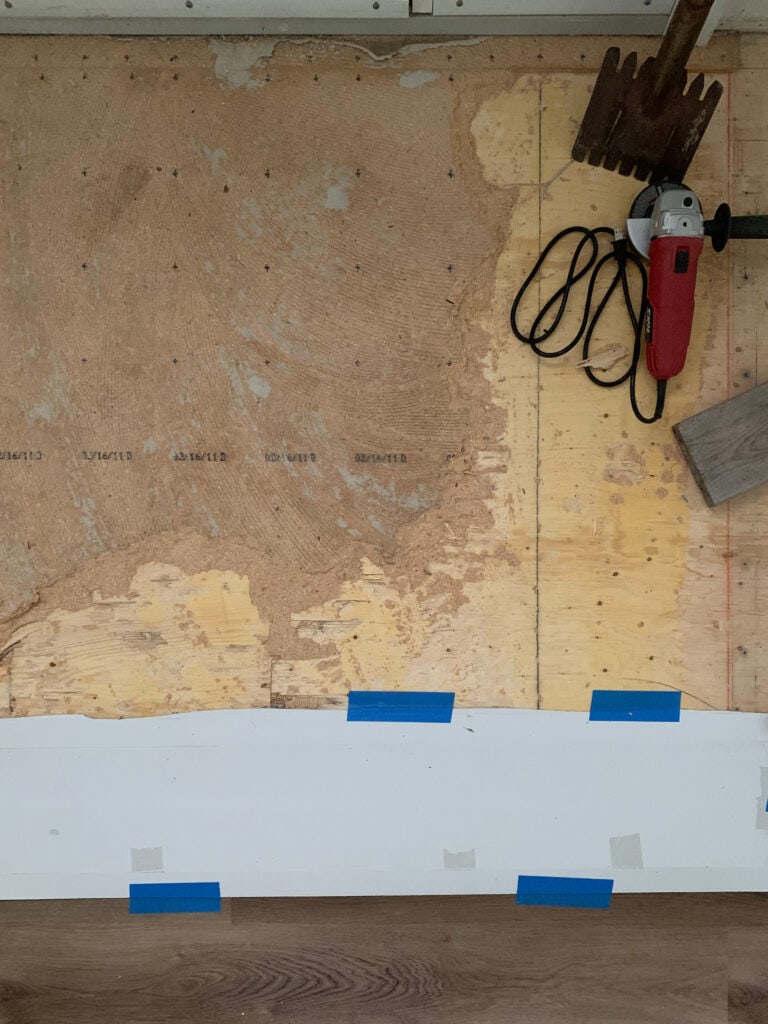
Reasons Why your Floors may be Uneven
There can several reasons why your floors are sloping or sagging. Sometimes an imbalance in the flooring will cause cracking or holes, which can be a sign that you have a bigger issue.
Foundation Problems
Foundation problems are a lot harder to fix and require professional help. But it’s important to figure out why the foundation isn’t settled. It could be that there is movement in the soil, or because it wasn’t built properly.
This can happen a lot with older homes, and figuring out how to fix uneven floors in old homes can be a bit harder.
A lot of the time old homes are built with multiple foundations, and over time the soil can have a negative effect on the foundation. In this case, lifting the house and redoing the foundation may be the only option.
Excessive Moisture
When there is a large presence of water or moisture, from a broken or leaky pipe. Sometimes it can be a drainage issue, that pools under the foundation of the building.
Basically, anything that has to do with the foundation will require more money and a professional’s help. But now we’ll go over things you can fix yourself and how.
How to Fix Sloping Floors
A quick way to figure out if your floor is sloping, get a ball and without moving it see what direction it rolls. That will tell you what direction the floor is sloping. The good news, there are many ways to fix it.
One way is to use a floor leveler to even out the slope. A floor leveler is essentially a concrete compound that contains latex. It is really easy to use as it relies on gravity to self-level.
Option two is to use shims, which I’ve shared in the video below.
Both options are great, and it’s really up to you and your comfort level.
How to Fix Sagging Floors
If you need to fix a sagging floor you can use a floor patch. It’s a latex-based formula that is great for fasteners and levels of low areas on the subfloor or concrete surfaces.
Floor patches also fill knot holes and cracks.
Here’s a quick video detailing how to do it:
Pre Mixed Floor Patch
A floor patching compound from Henry, and comes in a 1 gallon mix.
Check it out >
How to fix Uneven Floors with Plywood Subfloor
So before we could install our new vinyl flooring, we had to fix our uneven floors. We did this by installing a subfloor over top of our existing flooring.
List of Materials and Tools
- We used Mahogany Plywood and I am so happy with it.
- Ringed Underlay Flooring Nails
- Hammer
- Level
- Circular Saw
- Measuring Tape
- Pencil
Step-by-Step Guide to Laying New Plywood Subfloor
- The first step is to remove your flooring to expose the subfloor. You want to have a clean area, which involves removing any leftover nails, screws, or staples.
- Figure out how uneven the floors are. The best way to do this is by taking a level or large straight piece of metal to see if there are noticeable dips on the subfloor. Ensure you scan the entire room, and mark any high or low spots.
- To fix a high spot (like we have and I’m sharing more on that below). There are several ways you can do it, but the easiest is by sanding the high spot if it’s on plywood. If it’s on a concrete subfloor you can use a concrete grinder, with this bit.
- If you need to fix a low spot you can do what we did, and add an underlayment over the top of the plywood subfloor. It will cover any small height differences and imperfections. To fix a low spot on the concrete subfloor, you’ll want to use floor-levelers (which are essentially cement specifically made for these types of issues). Plus floor patches can be another solution to most sub-floor issues especially if your floors are low in only a few areas.
- Lastly, make sure you do a final clean of the floors from any debris or dirt. You want to remove any nails or screws that are sticking up (or nail/screw down so they are flush). Any bit of dirt or uneven floors will make installing your new vinyl flooring impossible to fit together properly.
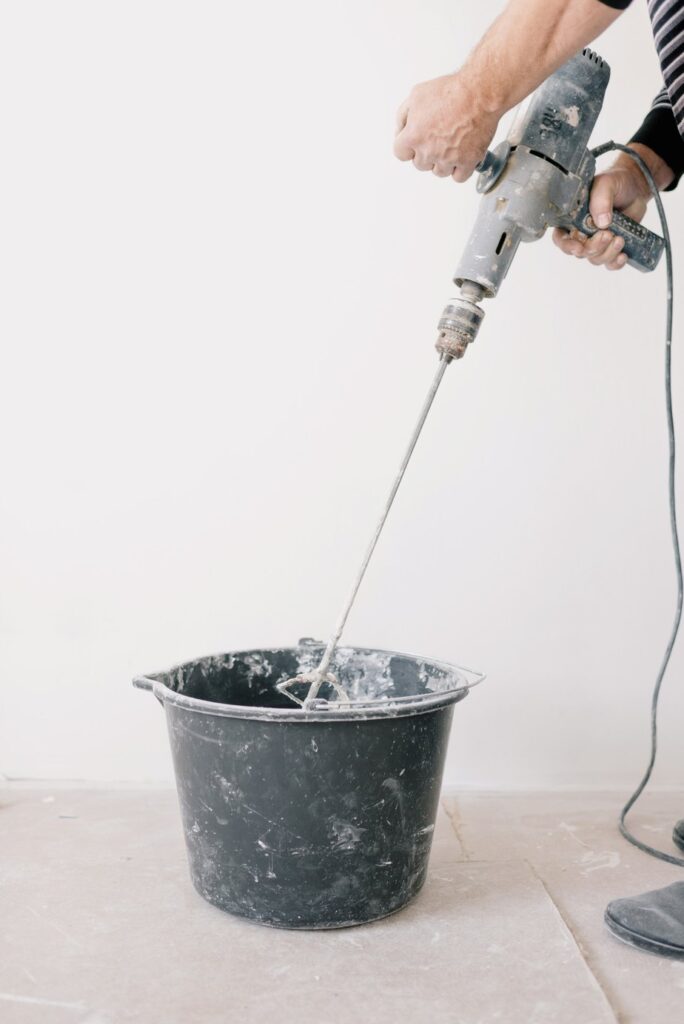
In Conclusion
Hopefully, you now know how to fix uneven floors and also how to lay new subflooring. For the most part, this is a simple job, but sometimes you get a house that has a bit more problems than others.
For example, our home had carpet that was installed really, really good (a little too good if you ask me). There were hundreds if not thousands of staples and took two of us to pull the carpet from the subfloors. Just imagine how long we had to sit there picking out every single staple and scraping the subfloors clean of the glue.
But that wasn’t the worst part. It was when we got to the front door, pulled up the vinyl sheet, and found particleboard. It’s been glued down with carpenter glue (which is impossible to get off) and reinforced with a ton of staples. The only way to get it up and make the floors even is by chipping away at it piece by piece.
But if we can do it, you can too!


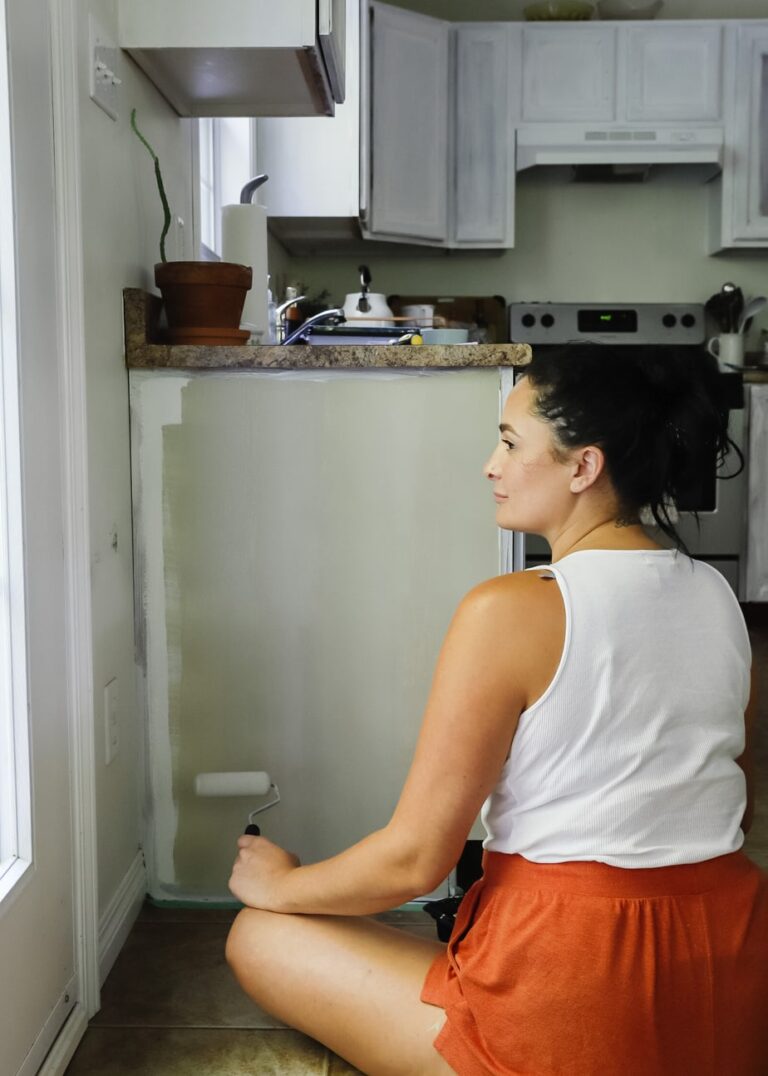
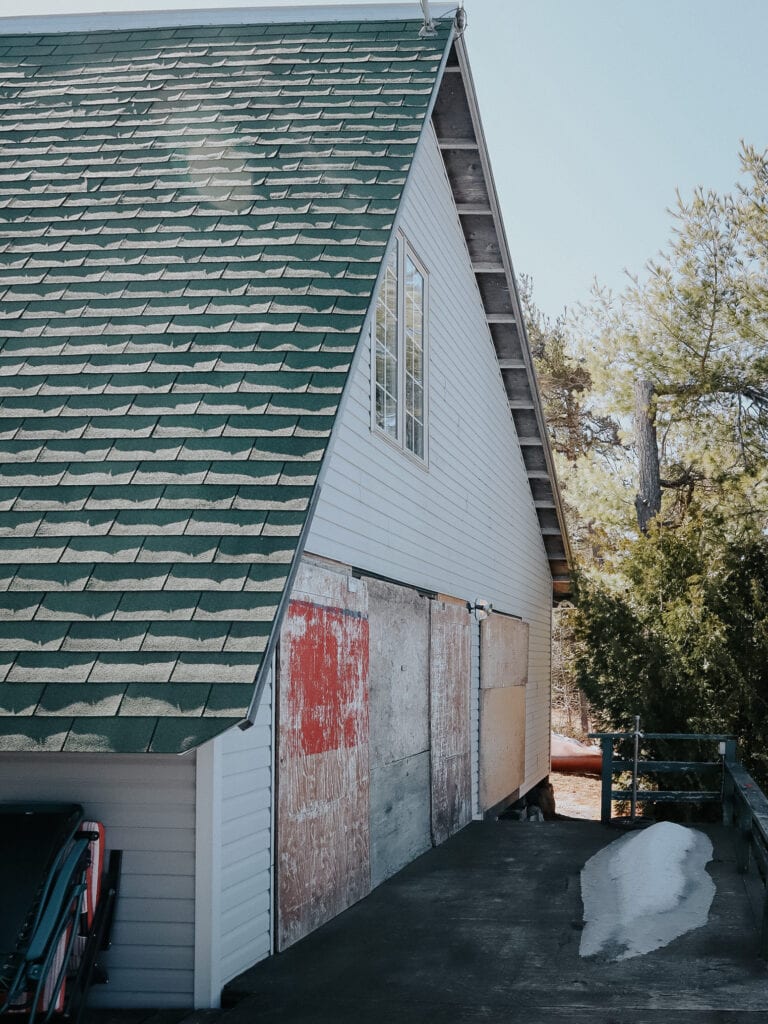
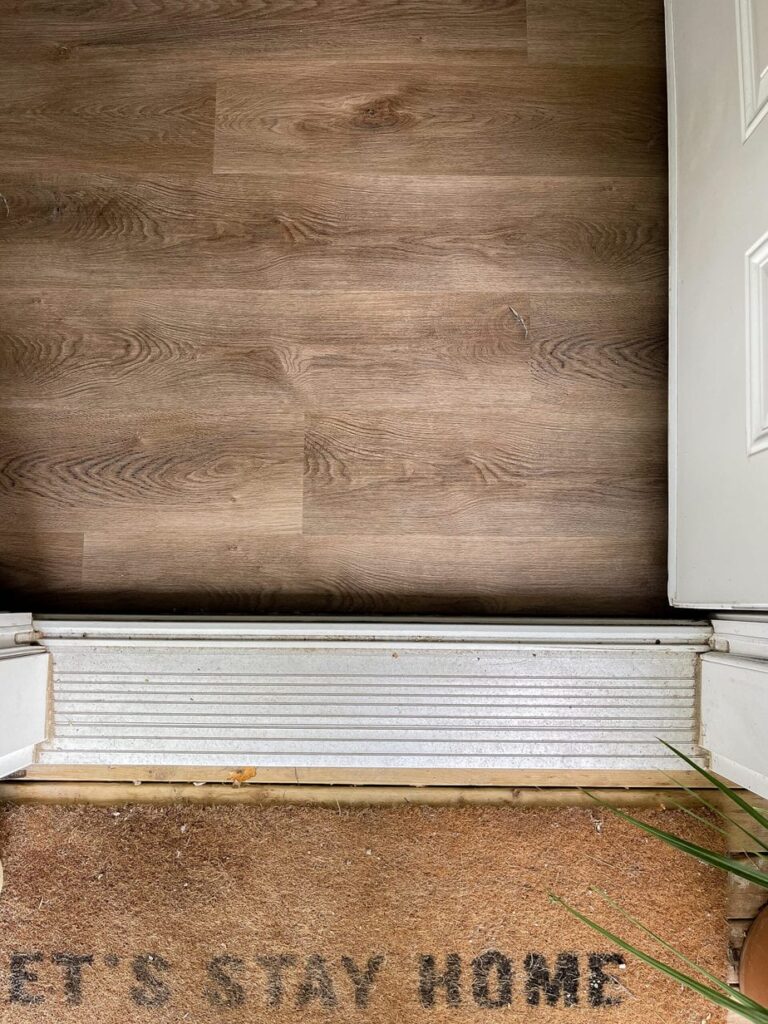

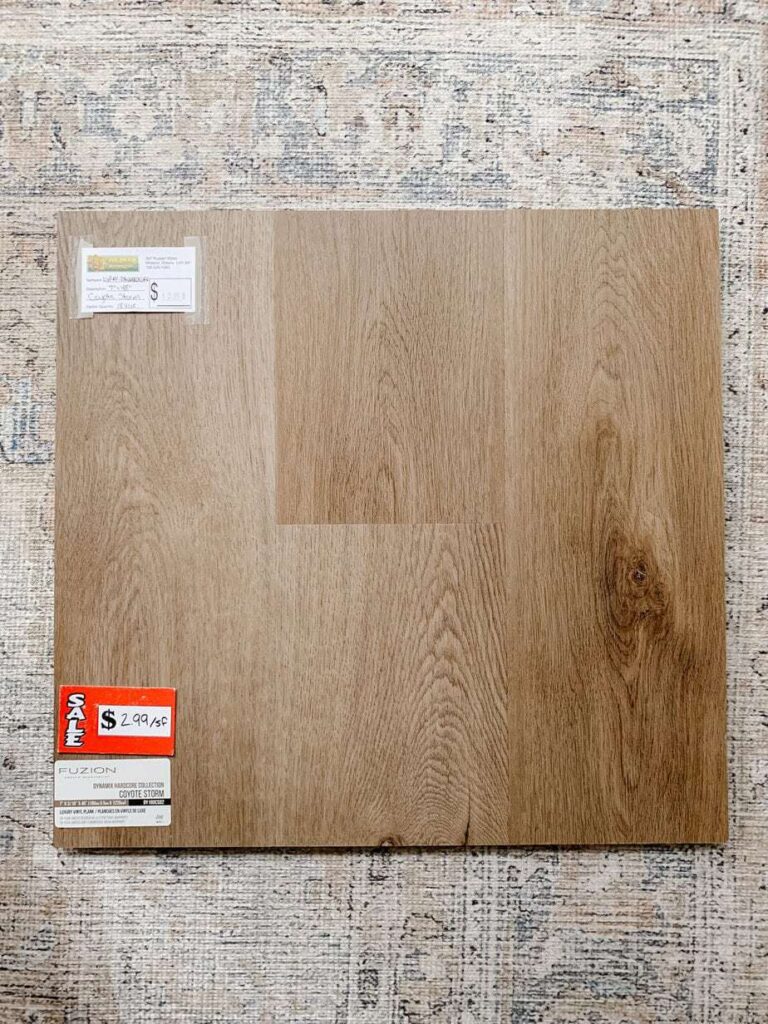

One Comment